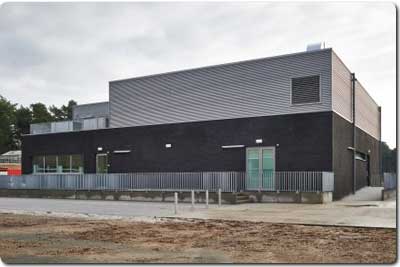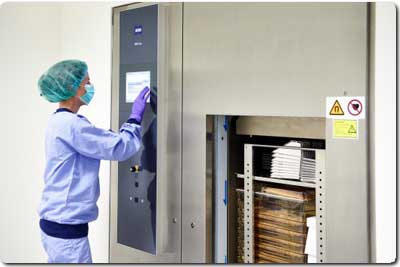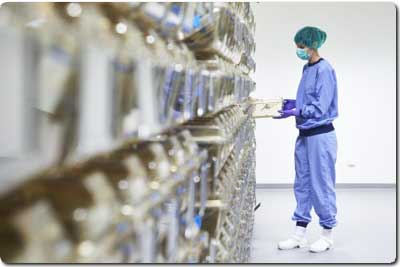
SCK•CEN invests 3 million euros in the fight against cancer, cardiovascular diseases and brain disorders
New animal facility reinforces research into the impact of low-dose radiation
For years the Belgian Nuclear Research Centre (SCK•CEN) has been regarded as a pioneer of international research into the effects of exposure to low doses of ionising radiation. In Belgium, medical applications - in particular imaging, but also radiotherapy - are responsible for more than 95 % of the exposure to non-natural sources of radiation. Research into the effects of this focuses, amongst other things, on the most sensitive of lives - unborn babies. The foetus can be exposed to radiation either directly or indirectly in radiotherapy or radiological diagnosis. There are indications that the dose used in therapy may have consequences for the foetus, including the development of cancer or delayed development of the brain. Regarding adults, SCK-CEN also focuses on cardiovascular diseases, e.g. after breast cancer irradiation.

Laboratory research at the cellular and molecular level has resulted in significant scientific advances, but in order to interpret the meaning of the effects that are observed in the short term, tests in mice remain of vital importance. “This is the only way in which we can conclusively prove what the consequences are for human beings in the longer term, and focus on finding solutions to reduce or prevent this impact”, explains Hans Vanmarcke, Head of SCK-CEN’s Molecular and Cellular Biology Expert Group. “Mice are best suited for this purpose because they are 95 % genetically identical to human beings, and the embryo develops very quickly.”
State-of-the-art technology
Until recently, SCK-CEN used test mice that were made available by the Flemish Institute for Technological Research (VITO). The latter doesn't need this infrastructure anymore and thus closed its test animal facility. SCK-CEN anticipated this problem by building an animal facility that complies with the strictest requirements with regards to animal welfare and hygiene.
The building represents an investment in excess of 3 million Euros, and is equipped with state-of-the-art technology. There are access locks for animals, as well as carers and materials to protect the mice from external influences. An advanced climate control system with individual ventilation for each cage is used, and special materials allow for thorough cleaning and disinfection. Attention was also paid to the minimisation of stress. For example, day, night and sundown conditions are realistically simulated, and appropriate background music is played to the mice.

According to Sarah Baatout, Head of the Radiobiology Unit of SCK-CEN, the justification for this is twofold: “these investments in animal welfare and optimal hygiene not only benefit the mice’s quality of life, but also the quality of our scientific research.”
Strict rules
Thanks to the careful selection of only the mice that are very likely to develop the particular disorder that is being investigated, the number of animals has been significantly reduced over the years. The new animal facility and the very strict monitoring of the animal tests by an ethical commission enables the SCK-CEN researchers to work in the best possible conditions for both man and mouse. In fact, SCK-CEN endorses and enforces the new Royal Decree on animal studies in both letter and spirit - a Decree in which the strict rules for the use of laboratory animals and the welfare of the animals are of paramount importance. The basic principles adhered to can be summarised as by the three r’s;

-
Replacement: it must be demonstrated that the selected animal model is indispensable for the experiment and cannot be replaced by other models
-
Reduction: as few laboratory animals as possible should be used
-
Refinement: the method used must be as effective as possible to ensure that the experiment yields a maximum of information
|

